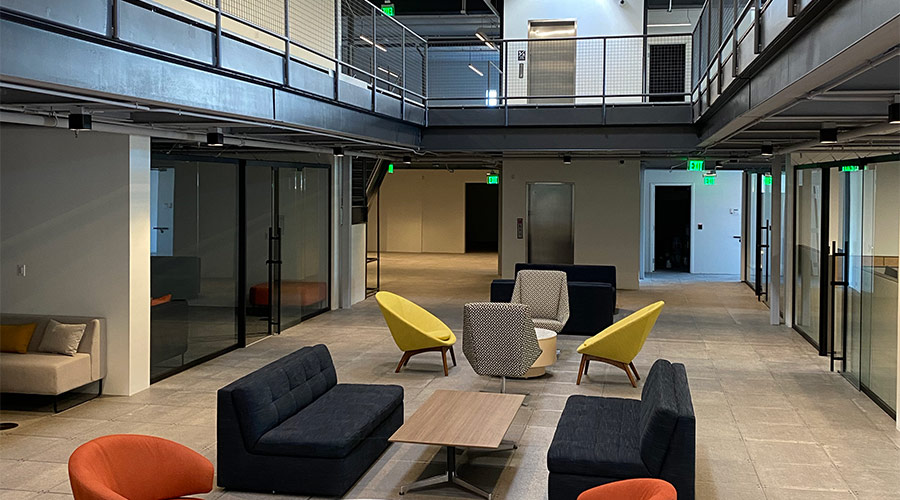It’s official. The U.S. economy has slowed down. Thanks to the ongoing pandemic, consumers are cautious, businesses worried, and investors are downright jittery. And if you drive down many urban and suburban streets, you are bound to see a plethora of vacant buildings — from multi-storied office buildings to street level retail shops to entire shopping malls. The good news? Building owners and operators are reconfiguring the use of spaces in new and unique ways.
According to BWIQ (Build With IQ) president, John Shinners, while no one knows for sure if the trend of vacant buildings will continue, what we do know is that employees are working from home more efficiently and with flexibility.
“Not all, but a large group may never return to the office as we know it,” Shinners says. “That’s why we believe the concept of a ‘neighborhood office’ with flexible leases and shared space may be the best answer for the future.”
Keeping history intact
Recently, BWIQ along with Faciliteq, a workplace solution provider in the Southwest, opened a new adaptive reuse project called Five55 Melrose in Phoenix. Together, the companies transformed a former neighborhood fitness center and racquetball club into a modern, co-working space in November. Built in 1977, Five55 Melrose had served the community for 30 years before being shuttered.
“The building was very old and in poor shape. It had been unoccupied for several years and initially was set to be demolished and turned into a storage facility,” Shinners says. “The Melrose community in Phoenix was very vocal about their disapproval for that plan and wanted to find some way to maintain the history of the building.”





